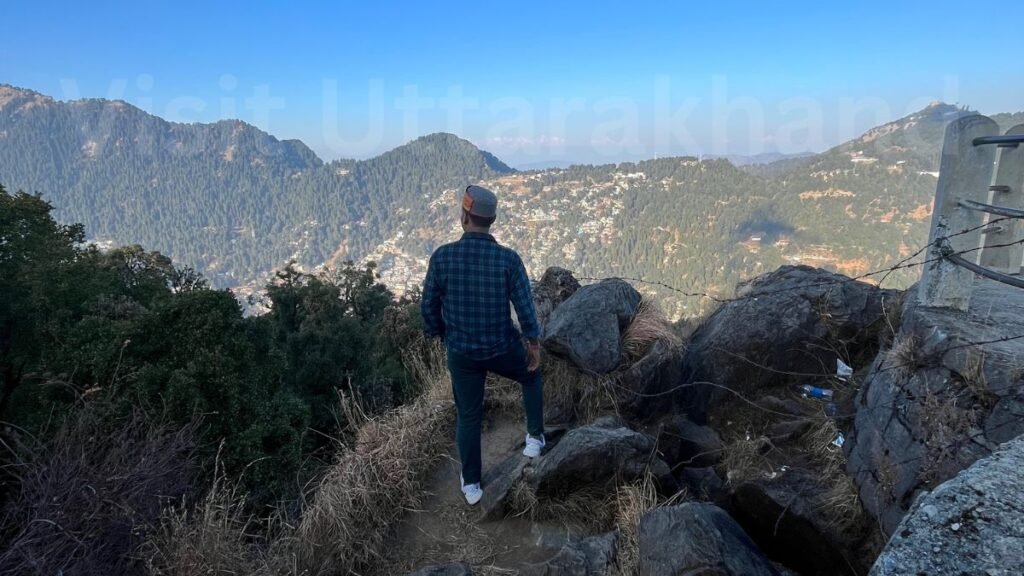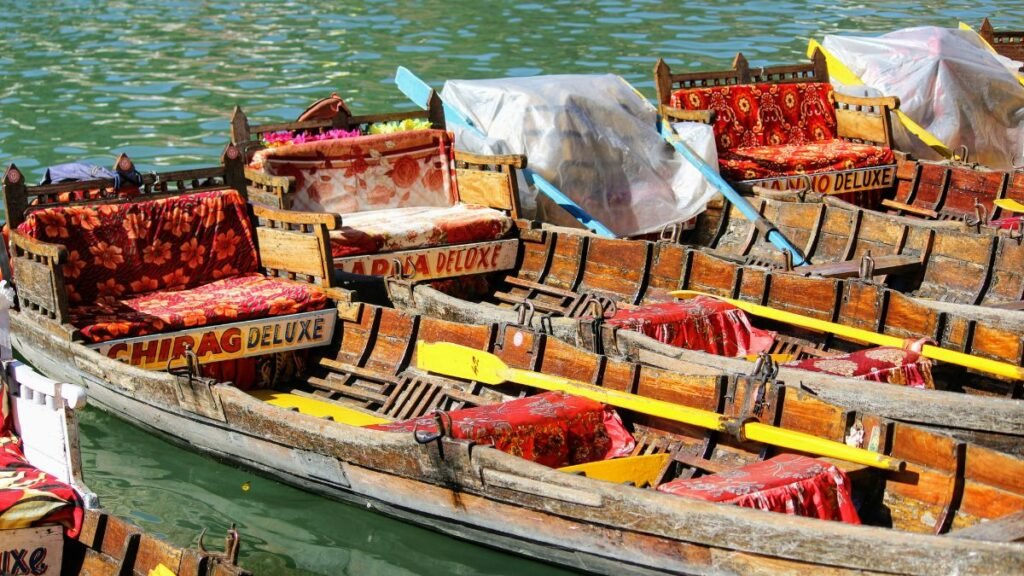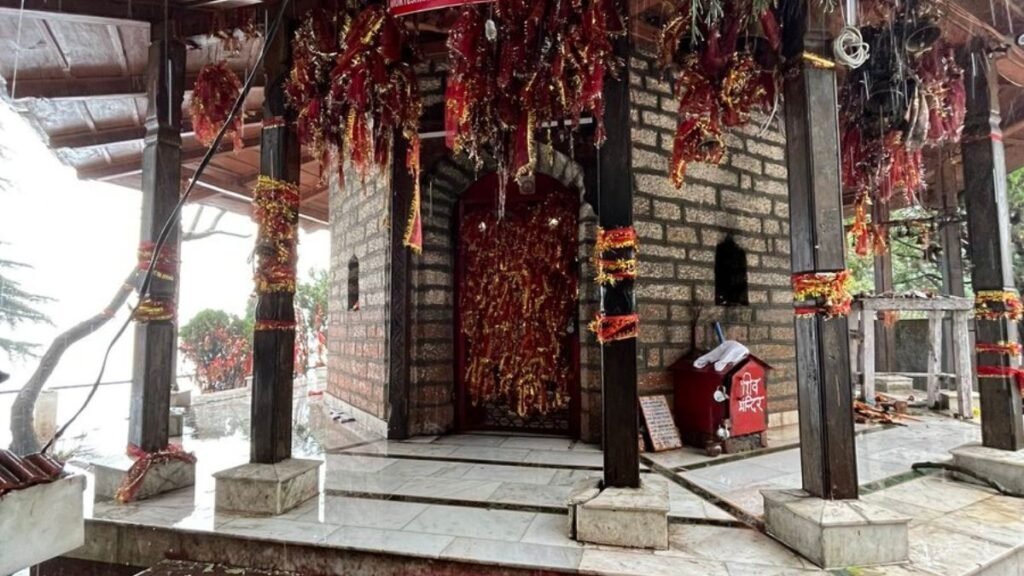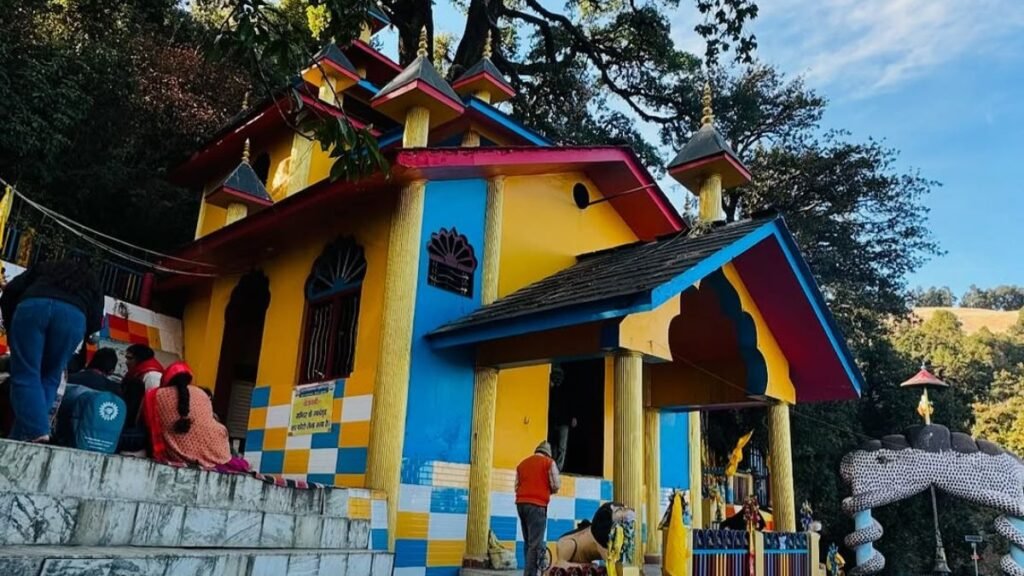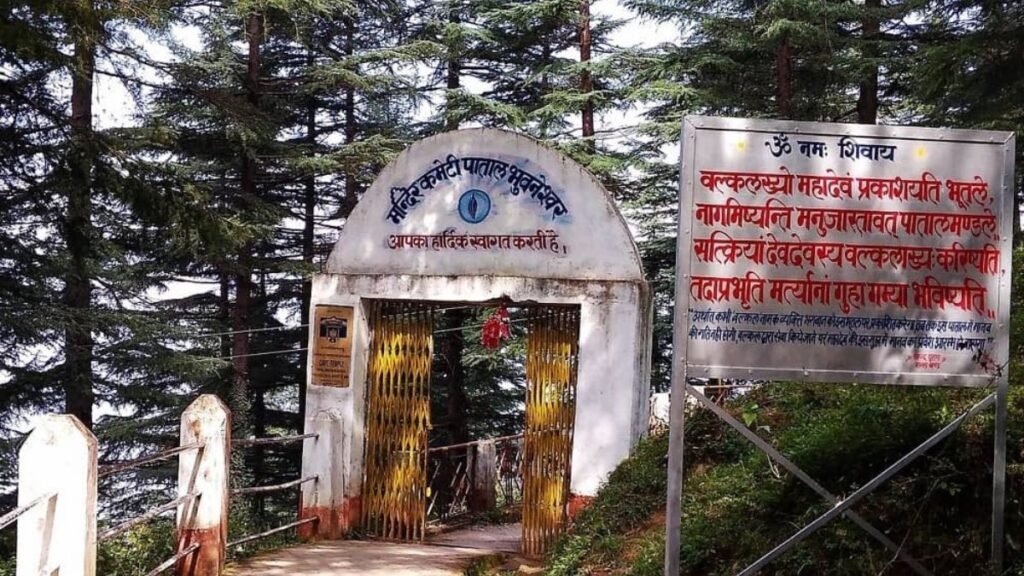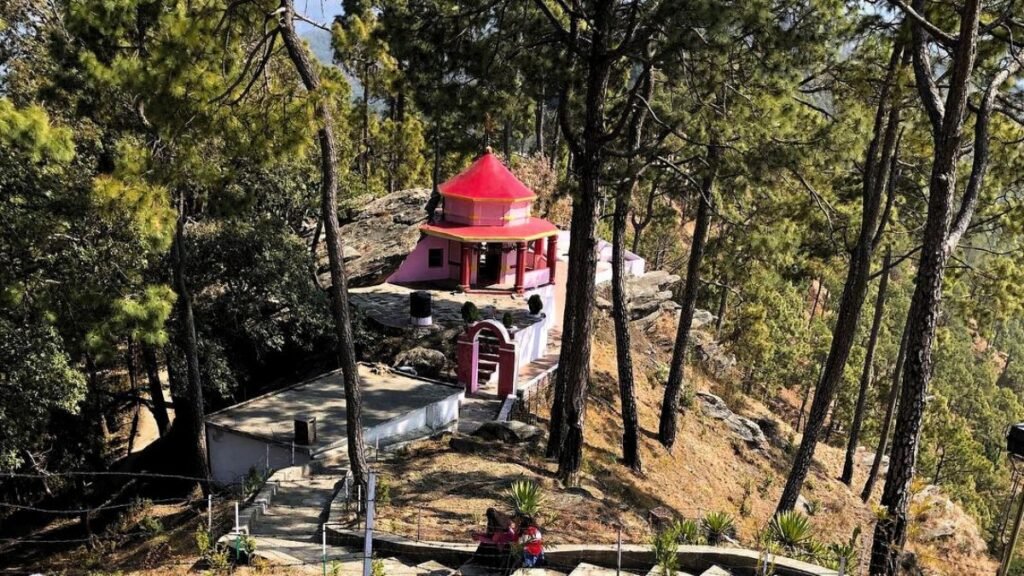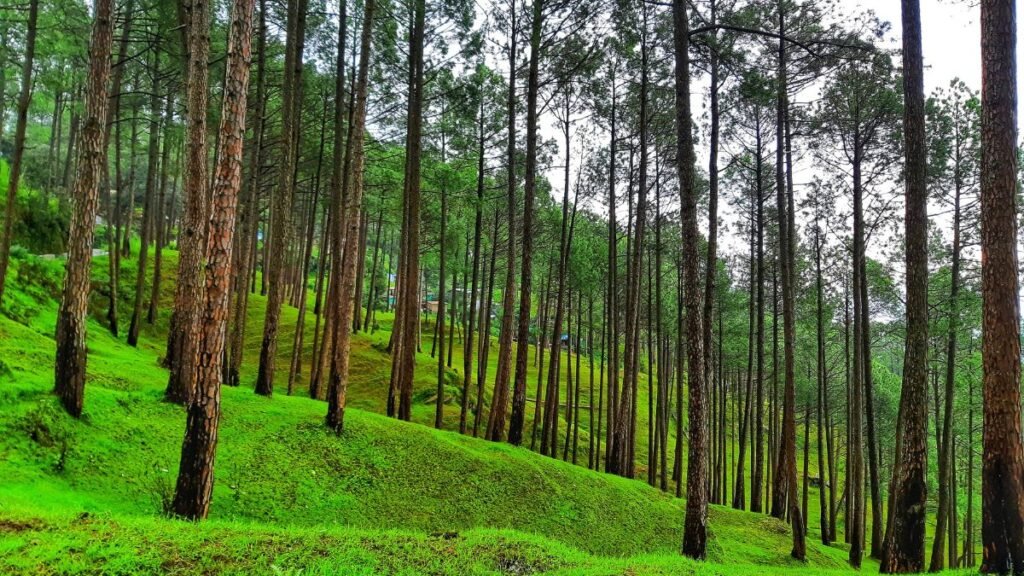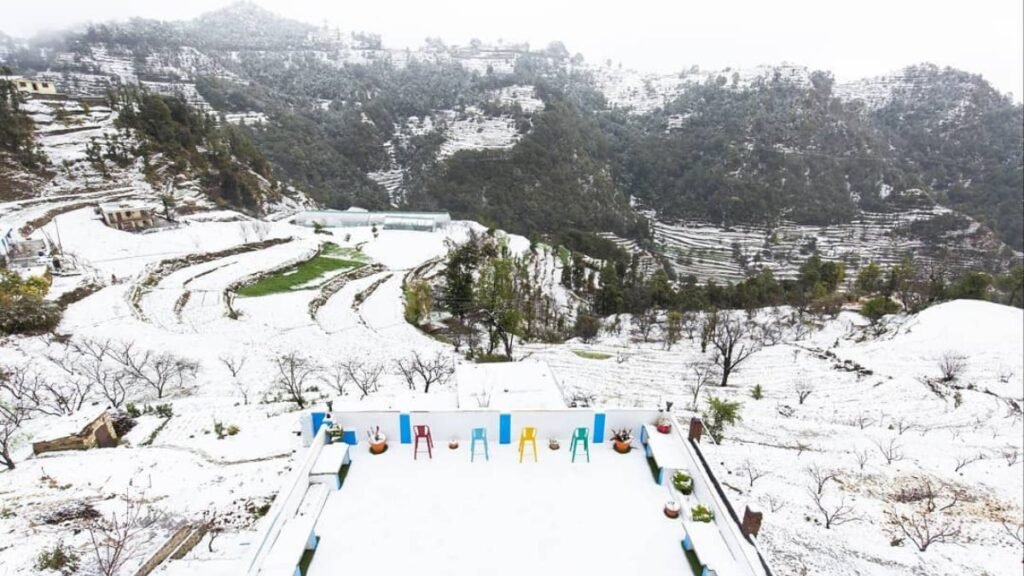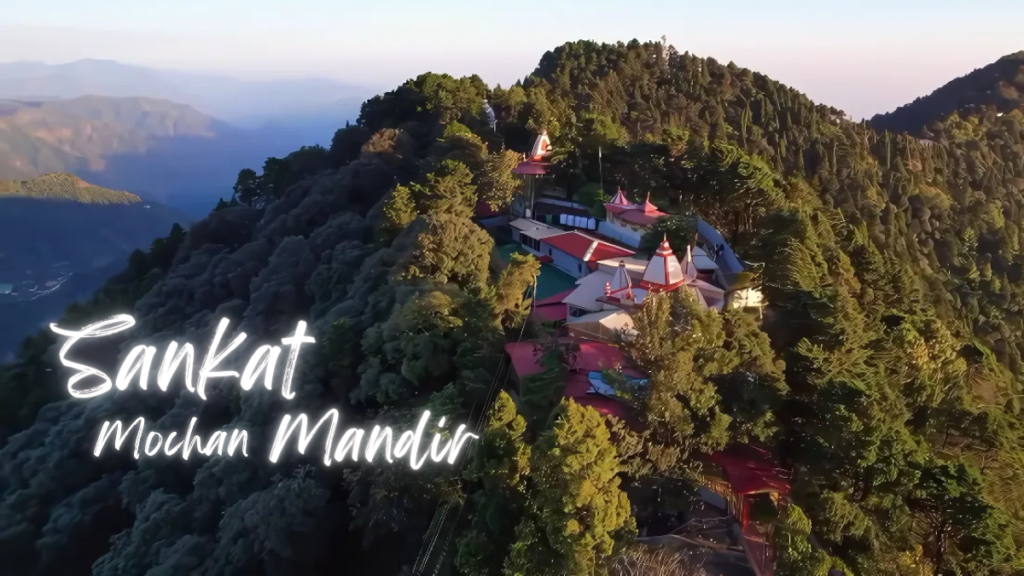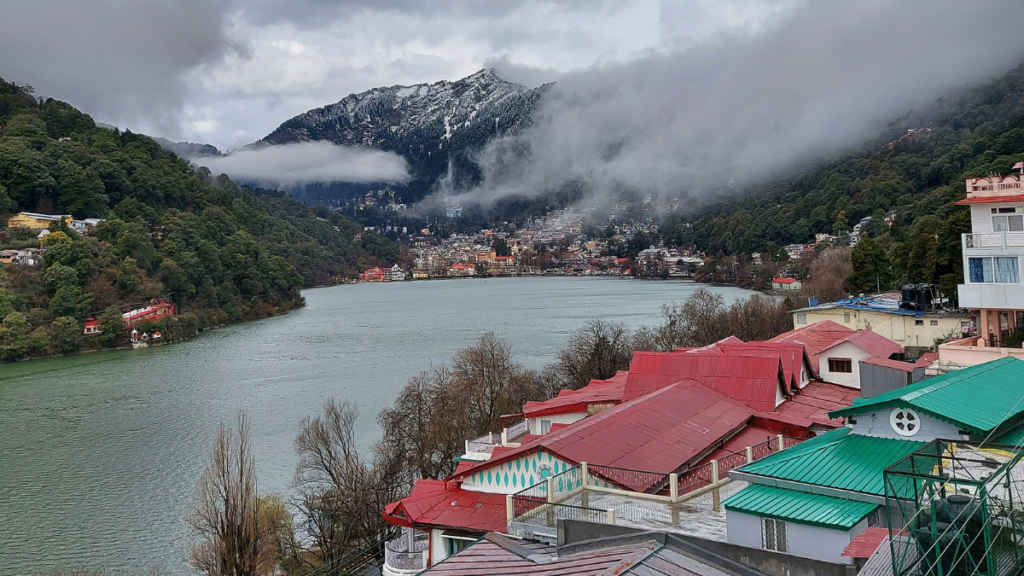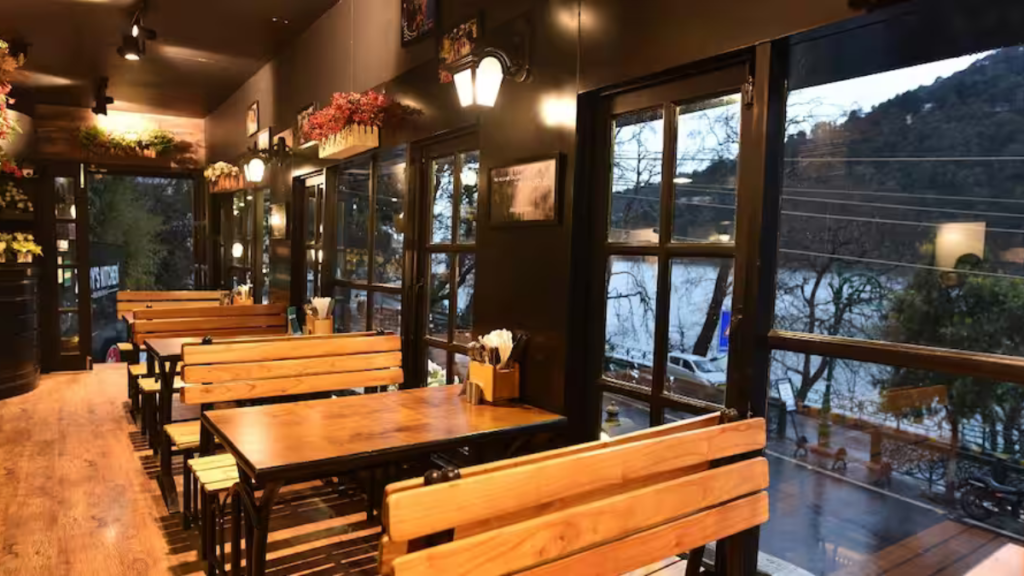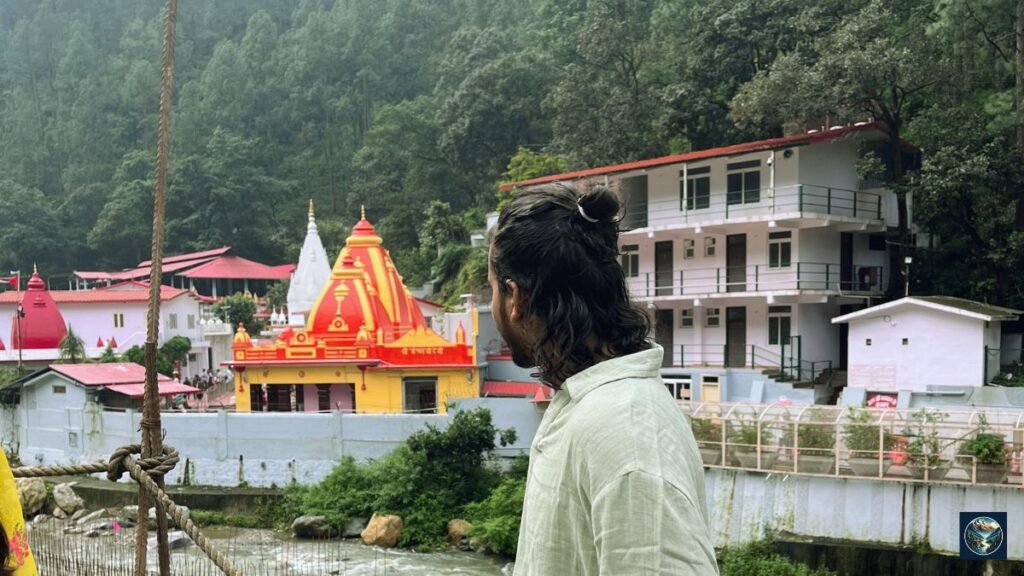In northern Uttarakhand, the Kumaon Division stands out for its rich culture and diverse geography, attracting visitors with its beautiful scenery, historical depth, and lively traditions. Kumaon lies next to Nepal in the east, Tibet (China) in the north, Kumaon also shares boundaries with Garhwal to the west and Uttar Pradesh to the south, making it strategically and culturally unique.


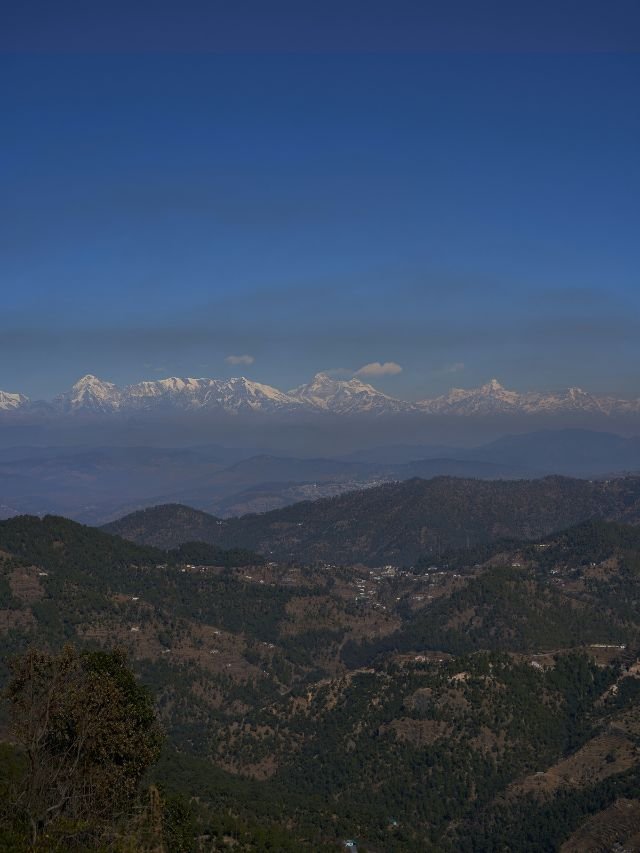
History and the Kumaon Kingdom
Different dynasties ruled the region, including the Kunindas, Katyuris, and Chand rulers. The Katyuri dynasty, which thrived from the 7th to the 11th centuries, was one of the first major powers, with Baijnath as its capital. After their decline, the Chand dynasty became prominent in the 11th century and established Almora as the center of Kumaon in the 16th century. During the Chand rule, especially under Raja Rudra Chand, Kumaon experienced notable advancements in architecture, trade, and military defense.
In the 18th century, the region faced invasions by the Gurkhas from Nepal, leading to a brief period of Gurkha rule. In 1815, the British annexed Kumaon, incorporating it into the United Provinces, which is now Uttar Pradesh. It was not until 2000 that Kumaon became part of the newly created state of Uttarakhand.
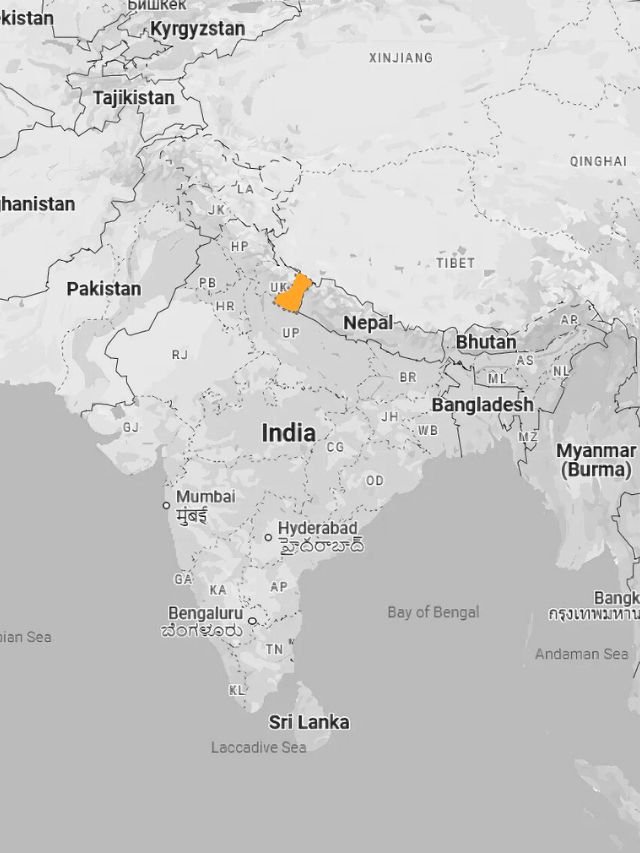
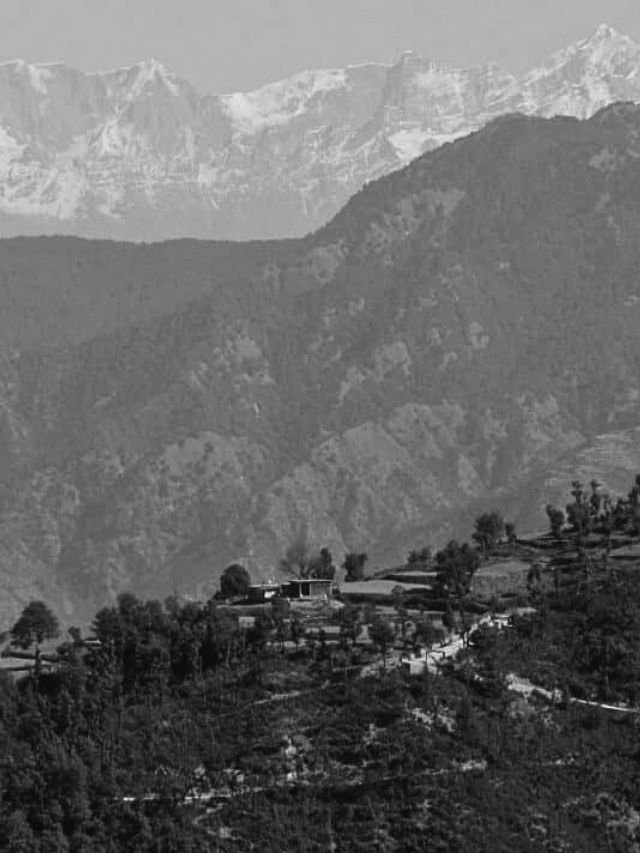
Districts of Kumaon
| District | Population (2011) | District Code |
|---|---|---|
| Almora | 621,972 | AL |
| Bageshwar | 259,840 | BA |
| Champawat | 259,315 | CP |
| Nainital | 955,128 | NA |
| Pithoragarh | 485,993 | PI |
| Udham Singh Nagar | 1,648,367 | US |
Cultural Heritage and Festivals
Kumaon’s culture is closely tied to its indigenous roots, showcasing distinct traditions, festivals, and art forms. Festivals such as Holi are celebrated uniquely through musical styles known as “Baithki Holi” and “Khadi Holi.” The month-long Kumaoni Dashera features Ramleela performances and has gained recognition from UNESCO as a unique cultural expression that combines local art with the mythology of Lord Rama.
Traditional folk dances, like Chholiya, a sword dance performed during weddings and songs that reflect Kumaoni folklore, further enhance the region’s cultural identity.
In addition to its vibrant festivals and dances, Kumaon is recognized for its traditional attire. Women often wear Pichaura (पिछोङा), a beautiful garment that adds to their cultural expression, while Kumaoni men typically don a black Kumaoni cap, a symbol of their heritage.
The area is also known for its talented folk musicians and artists, including Mohan Upreti and Sumitranandan Pant, who have played important roles in preserving and promoting Kumaoni traditions and literature.
Languages
The main language spoken in the Kumaon Division is Kumaoni, part of the Central Pahari group within the Indo-Aryan language family. It has various dialects that reflect the region’s diversity, including those from Almora, Nainital, and Pithoragarh. Approximately 2 million people speak Kumaoni.
However, the use of Kumaoni has declined in recent years, especially among younger generations who are increasingly using Hindi as their primary language due to its growing presence in education and urban life.
Kumaoni is rich with proverbs, folk songs, and oral traditions that are vital to the cultural identity of the region. Traditional songs such as Jhora, Chanchari, and Bair are sung in Kumaoni, helping to maintain its connection to local heritage.
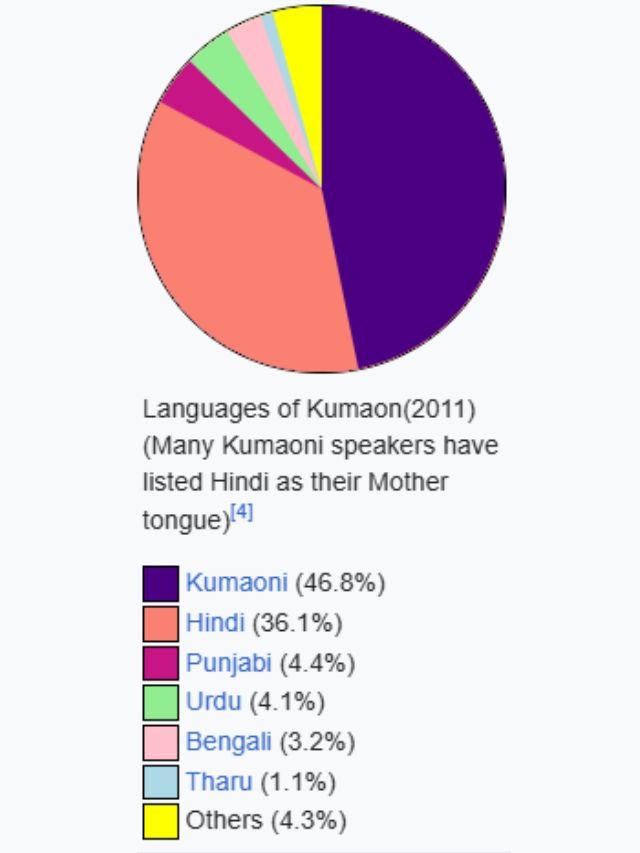
The People and Lifestyle
Kumaonis are known for their warm hospitality and strong sense of community. The local economy mainly relies on agriculture, with rice, wheat, and millets as the main crops. Although many people have migrated to cities, they often keep close connections to their roots, maintaining traditional customs and supporting local festivals and temples.
With the rise of tourism and eco-friendly businesses, the Kumaon Division has begun focusing on sustainable practices. This includes promoting homestays and rural tourism, which helps boost the local economy and share Kumaon’s rich culture with visitors.
Related Posts from Kumaon Division
Golu Devta Temple, Ghorakhal: How to Reach, Fare, History, Complete Travel Guide | Visit Uttarakhand
Have you ever heard of a temple where people write their wishes on…
Tiffin Top Nainital: How to Reach, Timing, Distance, Complete Travel Guide | Visit Uttarakhand
Nainital has a charm that keeps calling travelers back. And right at the…
Naina Peak, Nainital: Entry Fee, Timings, How to Reach and Complete Travel Guide | Visit Uttarakhand
Naina Peak, Nainital, also known as China Peak earlier, stands proudly as the…
Naini Lake, Nainital: Boating Price, Timings, and Complete Travel Guide | Visit Uttarakhand
Naini Lake Nainital is not just a scenic spot, it’s the heartbeat of…
Mukteshwar Mahadev Mandir, Nainital: How to Reach, Timing, History, Complete Travel Guide | Visit Uttarakhand
Located on the peaceful Mukhteshwar mountain in Uttarakhand, Mukteshwar Temple Nainital is a…
Khaliya Top Trek: Route, Itinerary, Best Time to Visit, and Complete Travel Guide | Visit Uttarakhand
Khaliya Top, in Uttarakhand’s Kumaon region, is a beautiful trekking spot with breathtaking…
Sem Mukhem Temple, Tehri: How to Reach, Timing, History, Complete Travel Guide
Sem Mukhem Temple is a spiritual treasure in the beautiful landscapes of Uttarakhand….
Patal Bhuvaneshwar Cave Temple, Gangolihat: How to Reach, Timing, History, Complete Travel Guide
Nestled in the peaceful hills of Uttarakhand, the Patal Bhuvaneshwar Cave Temple in…
Jhula Devi Temple, Ranikhet: How to Reach, Timing, History, Complete Travel Guide
Hidden in the peaceful hills of Ranikhet, Jhula Devi Temple is more than…
Kasar Devi Temple, Almora: How to Reach, Timing, History, Complete Travel Guide
Located in the peaceful hills of Almora, Uttarakhand, the Kasar Devi Temple is…
How to Travel from Mumbai to Kainchi Dham: Your Ultimate Guide to Distance, Fare, and Travel Tips | Visit Uttarakhand
Kainchi Dham is a peaceful spiritual destination nestled in the calm hills of…
How to Travel from Delhi to Ranikhet: Your Ultimate Guide to Distance, Fare, and Travel Tips
Traveling from Delhi to Ranikhet offers a unique blend of bustling city life…
How to Travel from Delhi to Mukteshwar: Your Ultimate Guide to Distance, Fare, and Travel Tips
Mukteshwar is a peaceful hill station in Uttarakhand that offers stunning views, a…
How to Reach Sankat Mochan Mandir, Hanuman Garhi Nainital – Must Visit Hidden Gem
Nainital is famous for its beautiful scenery and lively atmosphere, but there is…
How to Travel from Kainchi Dham to Nainital: Your Ultimate Guide to Distance, Fare, and Travel Tips
After experiencing the peaceful atmosphere of Neem Karoli Baba Ashram in Kainchi Dham,…
11 Best Restaurants in Nainital for Foodies to Explore This Year
Nainital, with its beautiful lake and misty hills, is not only a great…
Naina Devi Temple Nainital: How to Reach, Timing, History, Complete Travel Guide
The Naina Devi Temple Nainital is a sacred place dedicated to Goddess Naina…
How to Travel from Delhi to Kainchi Dham: Your Ultimate Guide to Distance, Fare, and Travel Tips
Delhi to Kainchi Dham is one of the most popular spiritual routes in…
How to Travel from Delhi to Binsar: Your Ultimate Guide to Distance, Fare, and Travel Tips
Binsar, a beautiful hill station in the Kumaon Hills of Uttarakhand, offers a…
How to Travel from Nainital to Ranikhet: Your Ultimate Guide to Distance, Ticket Prices, and Travel Tips | Visit Uttarakhand
If you’re planning a trip from Nainital to Ranikhet, this comprehensive guide will…


